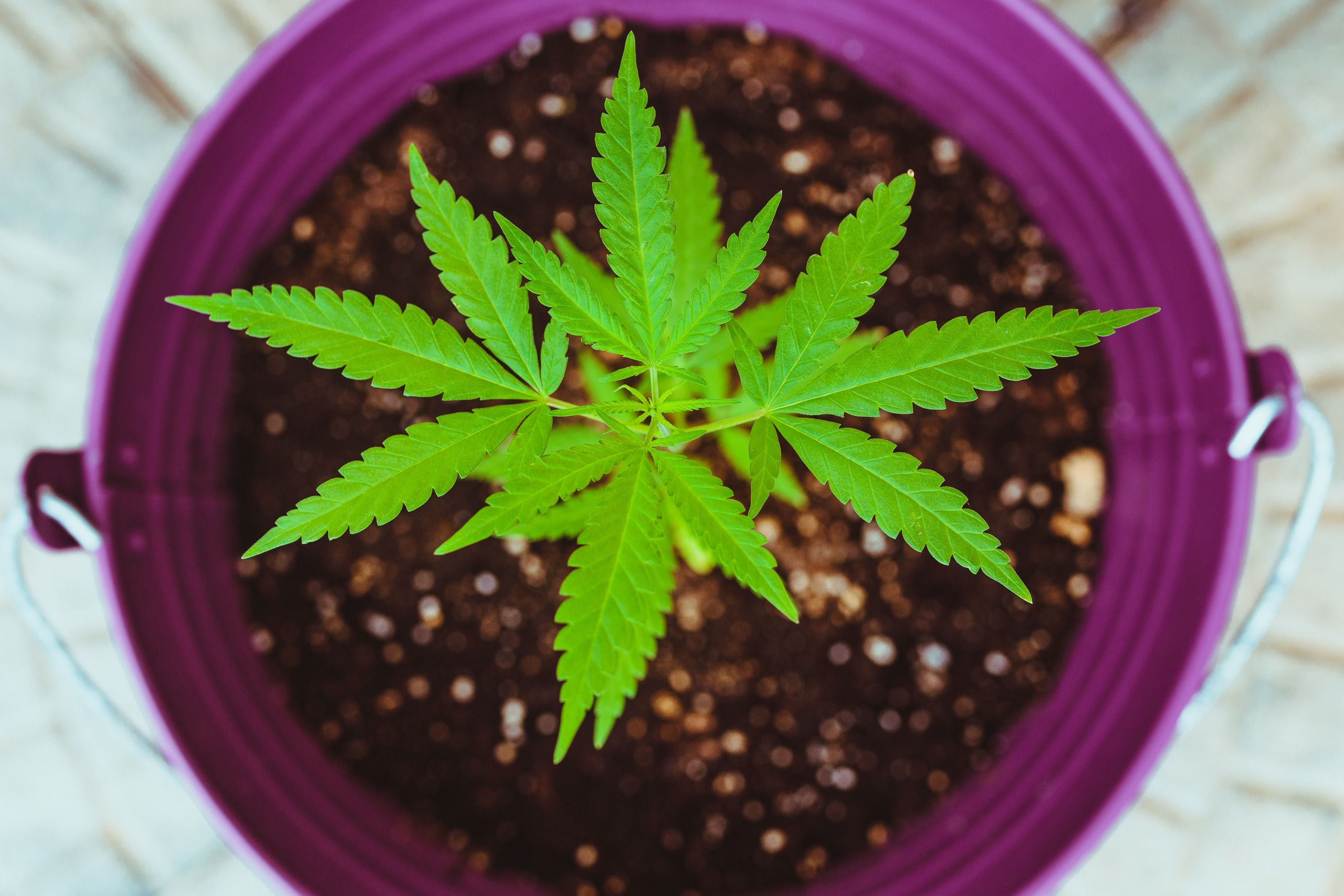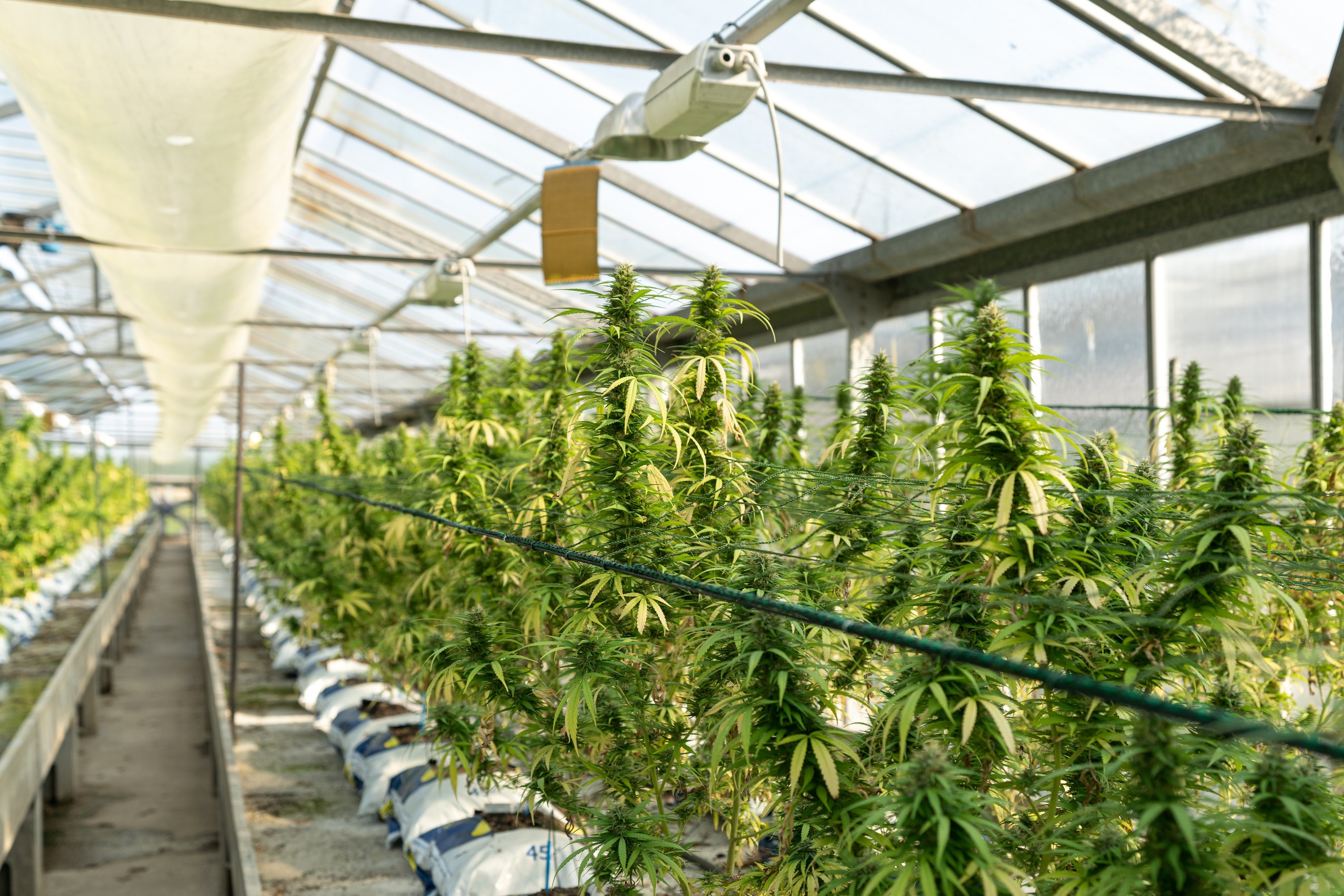
Imagine this; you are walking through your grow. Your flowering plants are looking beautiful, with new buds looking like spiking cotton balls on each branch. In just a matter of weeks, the room will be filled with the delicious scent of terpenes. You stop at one plant to admire its new growth and spot something forming that doesn’t look quite right. They look like small bananas. You look at another plant and notice small seed pods beginning to form.
What is happening?
This sensation is what is known as herming. It is a phenomenon that nearly every grower will see at least once in their career. However, learning about what herming is and what causes it can lead to the solution for preventing it from occurring in the first place.

Photo by Matthew Sichkaruk on Unsplash
Herming is a term that every new grower learns. A herm is a shorter way of referring to a hermaphrodite plant, typically a female showing male traits. According to Leafly, “These plants can sometimes self-pollinate, but this is typically bad as it will create buds with seeds and also pass on hermaphroditic genes.”
There are several physical signs that a cannabis plant has hermed. One of the tell-tale signs of a herming plant is pollen sacs in the nodes. Another way to tell is by small anthers, often referred to as bananas due to their shape and yellow color.
Herming is a naturally occurring phenomenon with female plants that either undergo high levels of stress or are exposed to irregular day/night cycles. Cannabis cultivation requires balance to grow healthy and happy plants that produce a high yielding harvest. When a cannabis plant is exposed to extreme stress such as hail or extreme cold, it can cause herming. Light leaks in the flowering stage can also be a reason for a plant to herm.
In some instances, herming can even be genetic. If clones are removed from a mother plant that has hermed, then the new plants will be predisposed to do the same. Poor genetics can also leave a plant more susceptible. While this all sounds frustrating, there are ways to prevent herming.

Photo by CRYSTALWEED cannabis on Unsplash
The good news is that herming can be prevented in the majority of cases. However, it requires a grower to be thorough and maintain good cultivation practices. Let’s take a look at a few things that can be done to prevent herming in cannabis plants.
The first item is to prevent light leaks during dark periods while the plants are in the flowering stage of their lifecycle. Flowering plants need set cycles of light and darkness to properly produce the desired quality of buds. When a cannabis plant is exposed to a light leak during the “night cycle”, it can cause them to herm.
The second item to prevent herming is being diligent in the quality of the mother plants. When clones are taken from a mother plant that has hermed, the offspring will produce male traits as well. This is also true of any clones taken from mother plants that contain systemic problems like bud rot.
Third, keeping your plants healthy and happy is necessary to prevent herming. While some forms of stress can help plants produce higher THC levels, too much stress can cause the plant to herm. Examples of negative stressors include:
Finally, genetics can play a role in whether or not your cannabis plants will herm. Cannabis plants with poor genetics are predisposed to a plethora of problems, including lower immunity to pathogens and a higher chance of herming. The most efficient way of remedying this is to invest in good genetics and practice responsible management.
Cannabis cultivation requires industry professionals to be lifelong learners, and Verne Bio is here to help with just that. Our goal is to make sure growers have the tools they need to tackle anything life in the grow throws at them. That is why we created the Verne Bio Knowledge Center.
Individuals can find a variety of topics in our Knowledge Center including Hop Latent Viroid, Botrytis, and tips and tricks to keeping your plants healthy and happy. Our content is designed to help growers of all skill levels learn in a way that is easy to understand. With Verne Bio on your side, you are investing in your cannabis career and your plants!
Work Cited
Goggins, Pat. “Marijuana Anatomy | Different Parts of a Cannabis Plant.” Leafly, 1 October 2020, https://www.leafly.com/learn/growing/marijuana-plant-anatomy. Accessed 29 November 2023.

to receive updates and news on our products, events and promos!